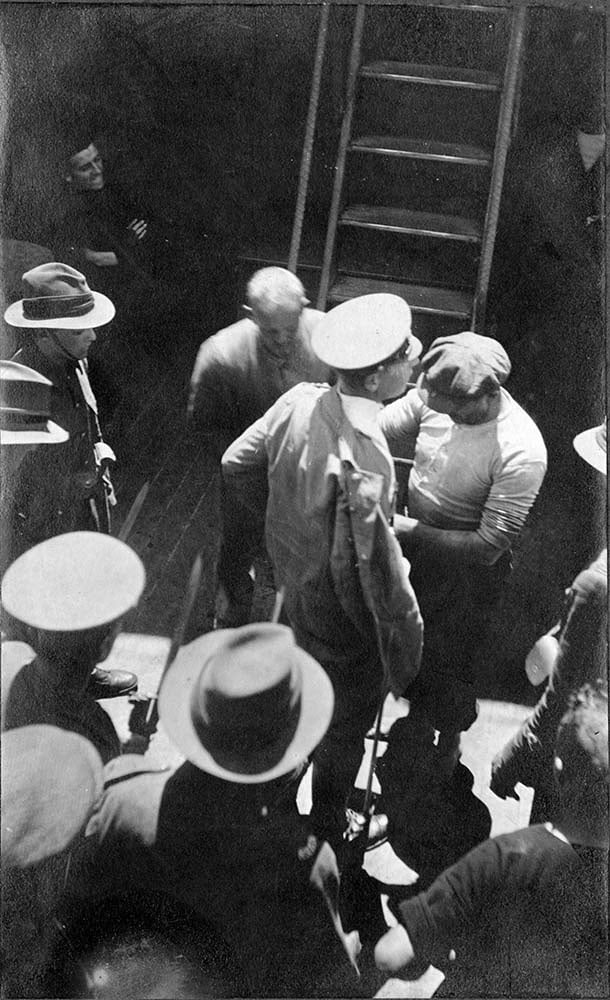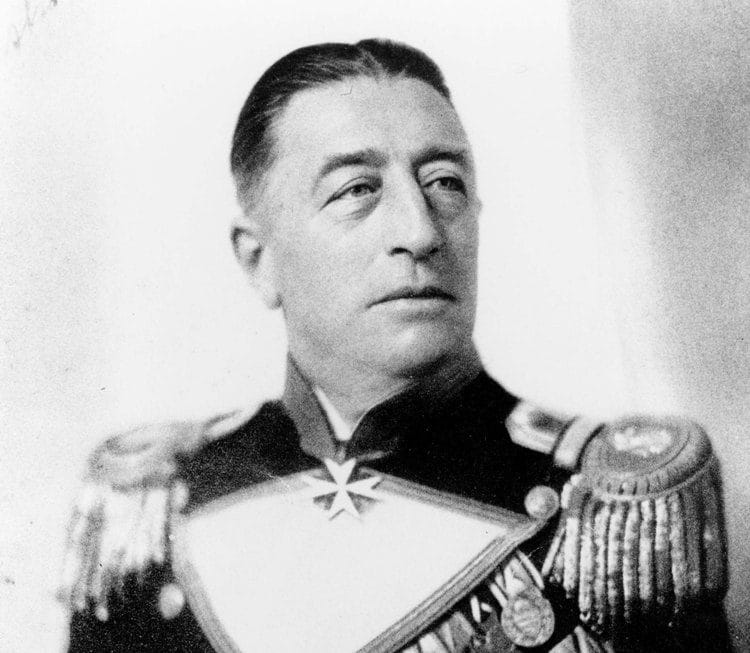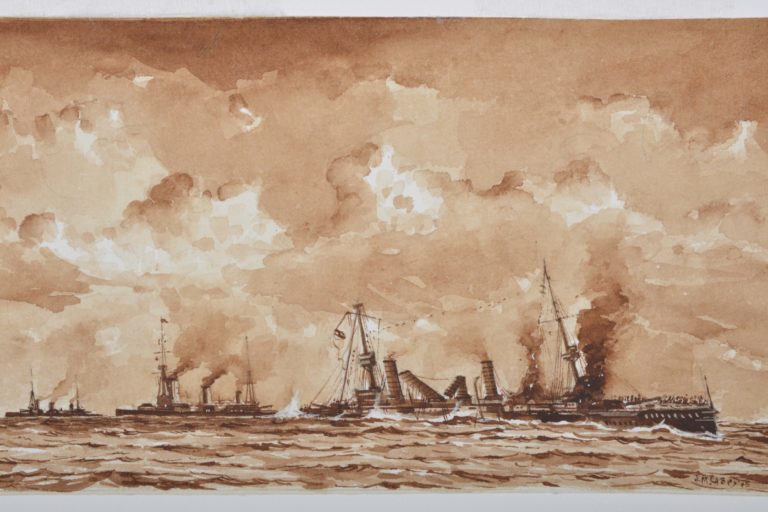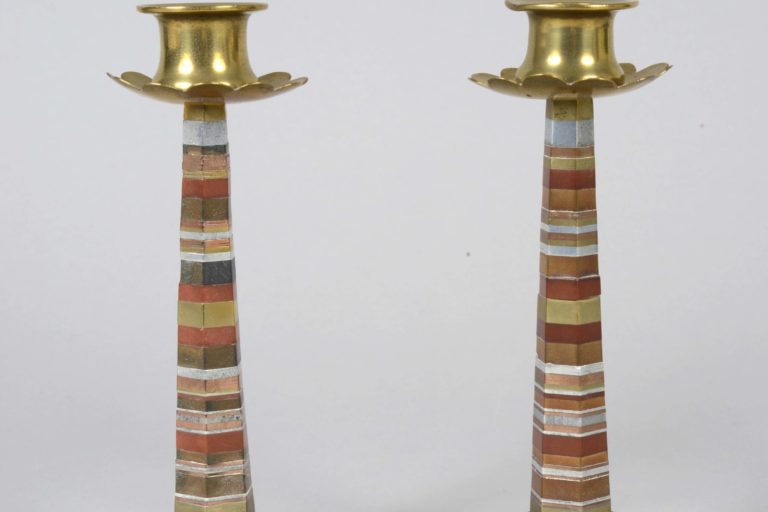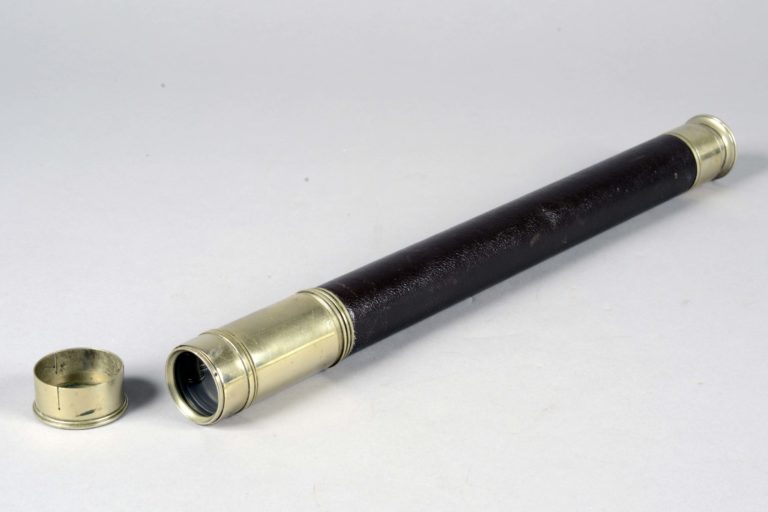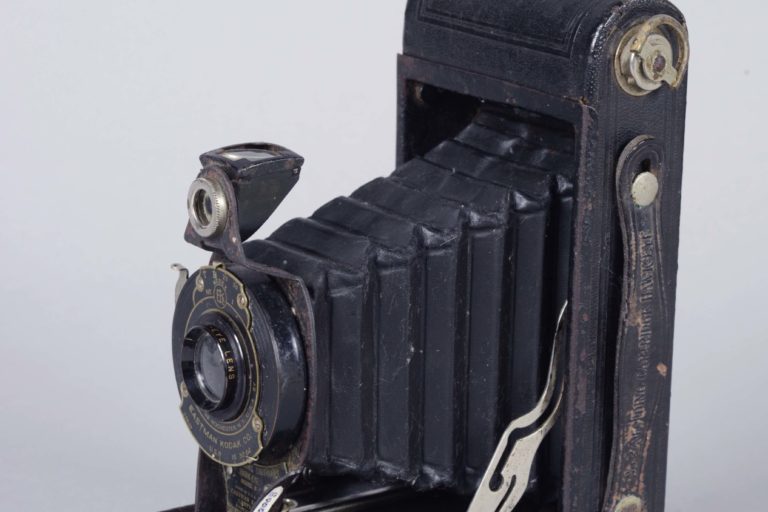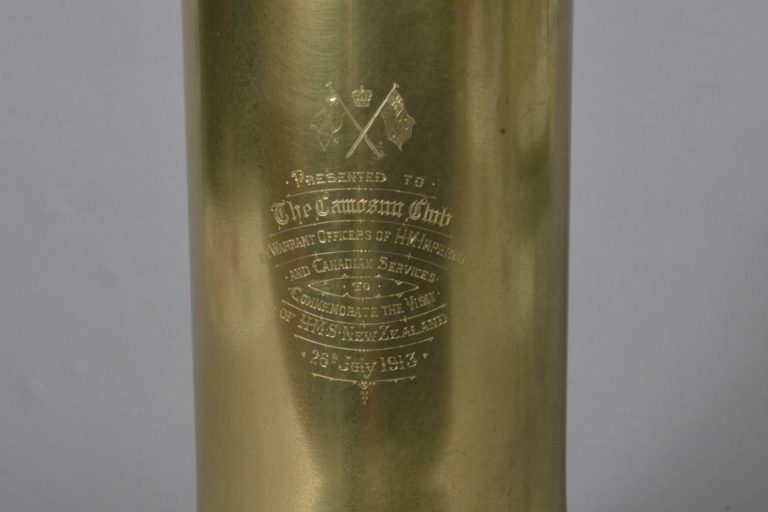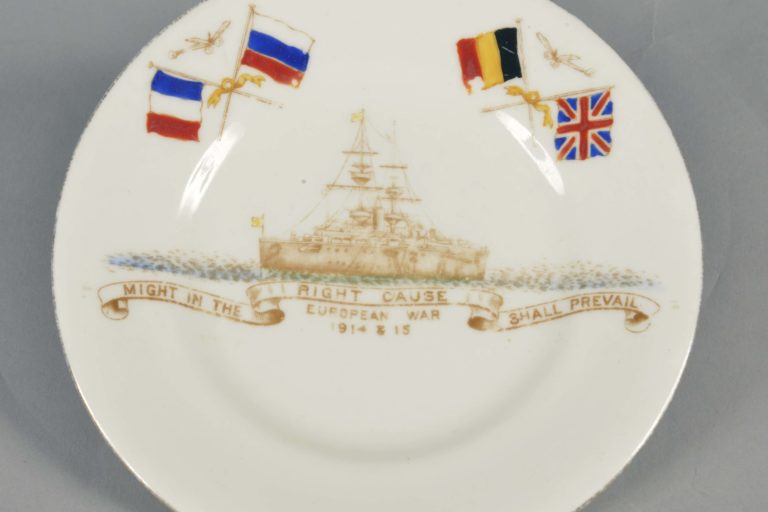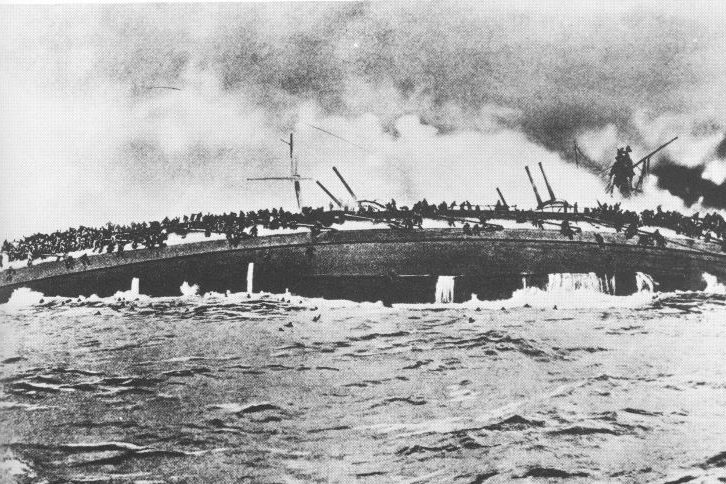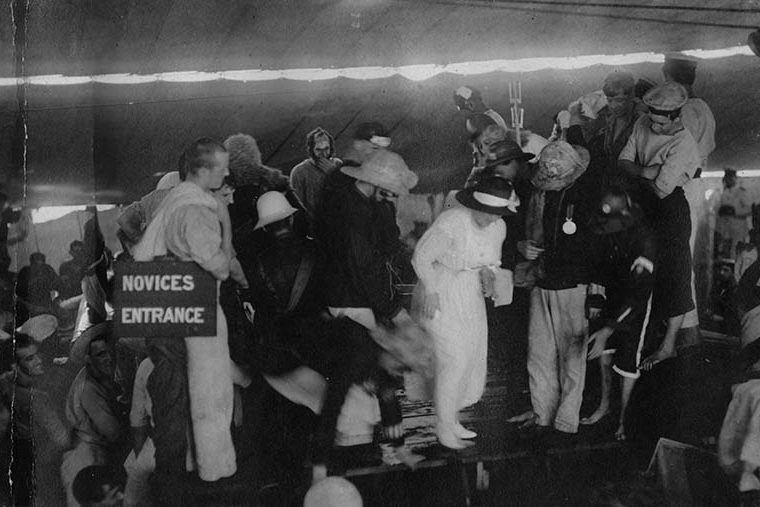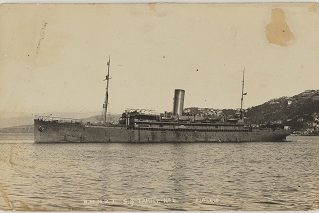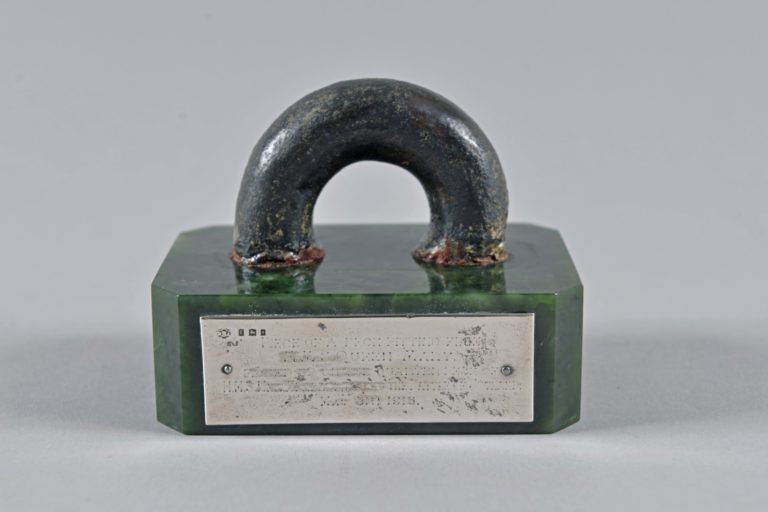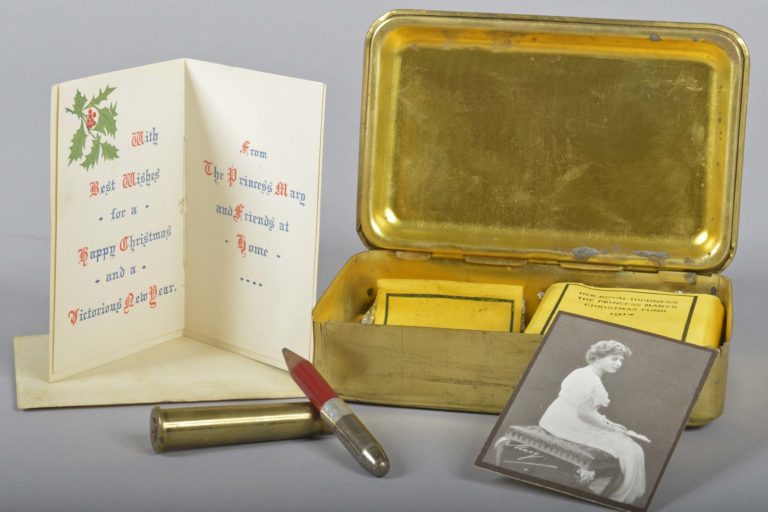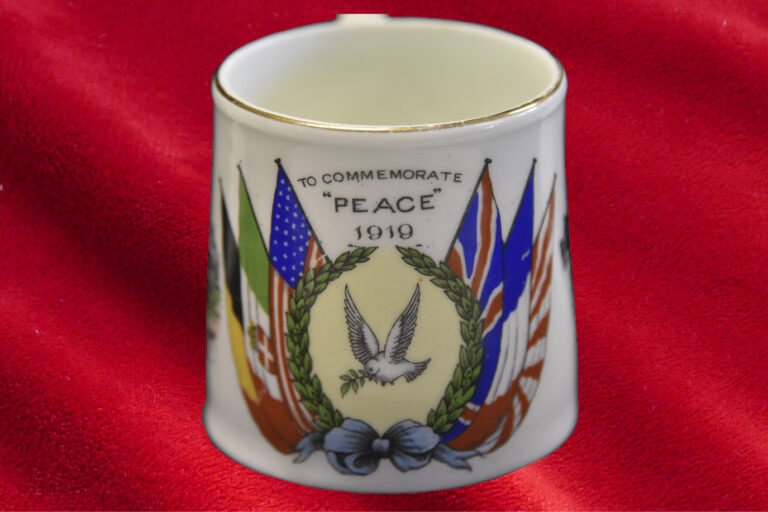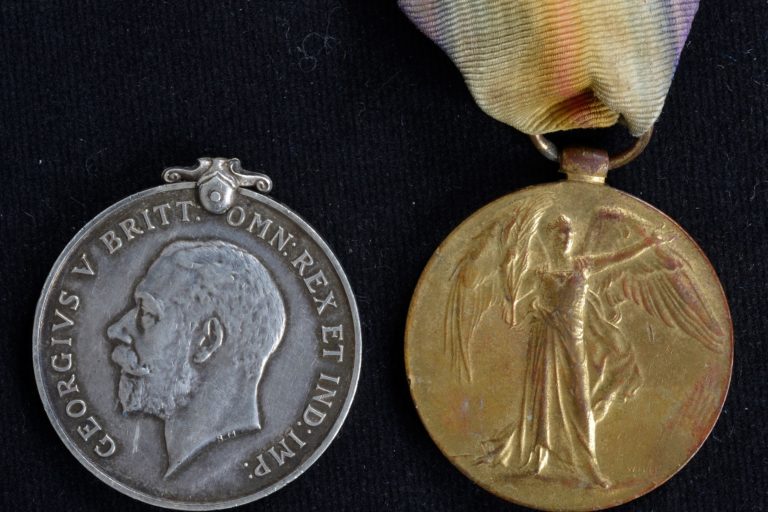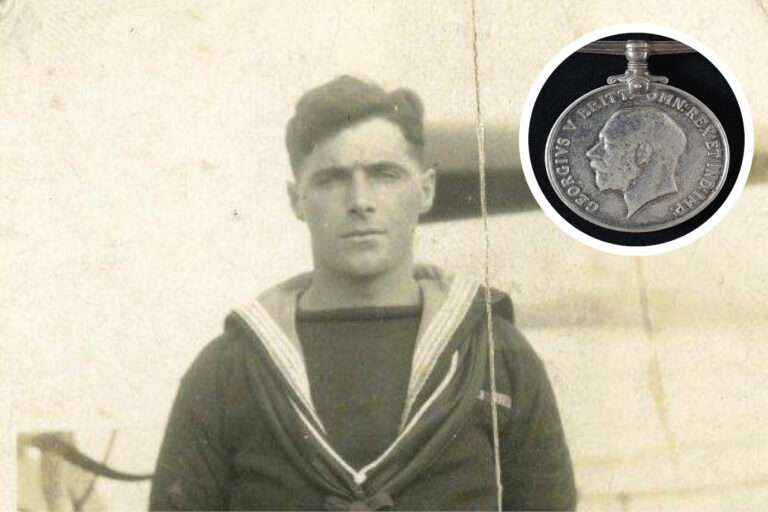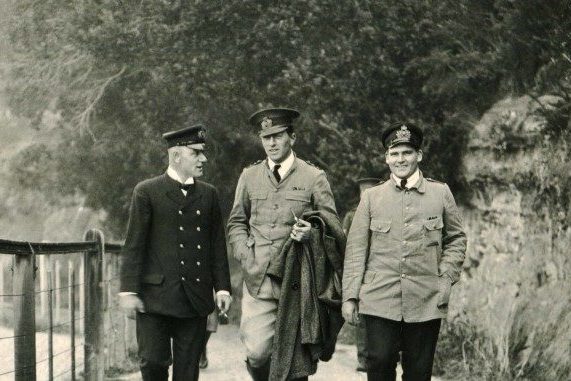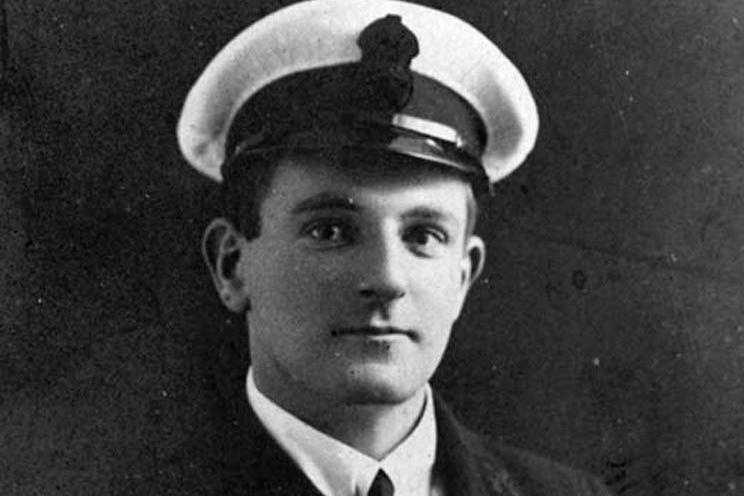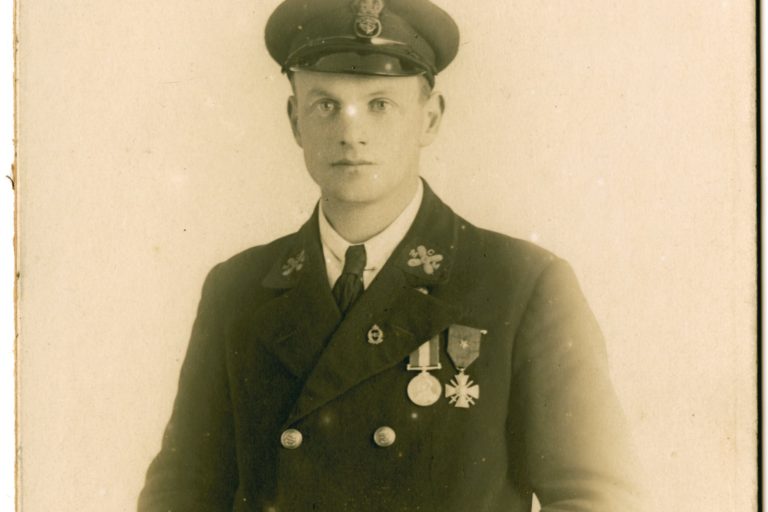Count Felix von Luckner was a colourful, charismatic and enigmatic character, who left an indelible mark upon New Zealand society.
He came to New Zealand as a prisoner of war after his ship SMS Seeadler was wrecked in the Society Islands and made a daring but unsuccessful escape from Motuihe Island. In 1938 he visited New Zealand and was acclaimed as an honourable foe.
Felix Von Luckner was born into an aristocratic German military family in Dresden on 9 June 1881. His family expectations were for him to become a cavalry officer, but instead he wanted to go to sea. He joined a Russian sailing ship in 1894 for Australia, where he left it and spent the next seven years in a wide variety of occupations. At the age of 20 he returned to Germany and entered the Lubeck Navigation College from which he gained his Mate’s Certificate and joined the Hamburg Line and the German Naval Reserve.
In 1907, he qualified for his Master’s Certificate at Papenburg Nautical College. In February 1910 he entered the Imperial German Navy and in 1913 joined the gunboat SMS Panther on the West African Station. In 1914, he joined the new battleship SMS Kronprinz in which he served in the Battle of Jutland in 1916.
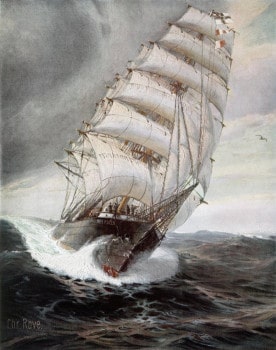
Von Luckner was given command of the auxiliary cruiser SMS Seeadler, a sailing vessel and in December 1916 embarked on a commerce raiding expedition.
During the next four months he managed to evade the strenuous efforts of the Royal Navy to hunt him down and sank fourteen allied merchant ships, with the loss of only one life.
In April 1917, Seeadler rounded Cape Horn and after small successes began to run low on supplies so headed for Mopelia Island, in the Society Group, where on 2 August it drifted onto a coral reef.
The crew managed to strip the ship of all its salvageable equipment and with their 46 prisoners, set up camp ashore. Von Luckner then decided to take five men in one of the two ship’s boats, Cecille, to try and reach Fiji, by way of the Cook Island. His plan was to capture a vessel and return to pick up the remainder of the men.
Cecille made Atiu, 1,600km away where they passed themselves off as Americans of Dutch descent, and the New Zealand Resident gave them sufficient supplies to make Aitutaki.
The New Zealand Resident there was suspicious of these ‘Norwegians’ as they claimed to be but had no means of detaining them.
Von Luckner and his party then sailed Cecille for Fiji, 2,000km away. He made the island of Katafaga in the northern Lau group of Fiji on 15 September. They continued to Wakaya Island where they anchored in the bay.
A captain of a cutter that was also in the bay became suspicious of the group. On the 19th he departed the bay during a storm, to advise the authorities about this strange boat and its foreign crew.
Two days later as Von Luckner attempted to leave the bay, the steamer Amra arrived with an armed party. The steamer brought the German boat to a halt. The Germans surrendered to the armed party who were surprised to learn the identity of the Cecile party. Von Luckner and his party, now prisoners of war, were taken to Suva where they were placed in the custody of the Fiji Defence Forces.
New Zealand was informed of the capture by the Fijian authorities and advised that they would take the POWs for internment. The steamer Talune departed Suva on 3 October 1917, bound for Auckland with the Germans and an escort party of an officer and fifteen other ranks.
Their arrival in New Zealand provoked a hostile public reaction as it was thought that the Seeadler had sunk the passenger steamer Wairuna, and imprisoned her passengers and crew, when in fact it was the raider SMS Wolf, which had been in New Zealand waters laying mines, that had sunk the Wairuna.
Von Luckner arrived in Auckland on 7 October 1917, and was sent with his men to the detention barracks in the army camp located at Narrowneck. Von Luckner, his second-in-command Karl Kircheiss were taken to Motuihe Island in the Hauraki Gulf, which also housed interned German nationals. The other four seamen were sent to Soames Island in Wellington Harbour. One of these men would be transferred in November to Motuihe Island at von Luckner’s request to serve as his orderly.
On Motuihe, Kircheiss made a sextant, and two German naval ensigns were made, one out of a bedsheet and another from a flour sack as ‘props’ for a Christmas Concert. The telephone line to the Island was tapped by the POWs and careful preparations were made for an escape, including eight merchant navy cadets who had joined the Imperial Navy.
The Commandant of Motuihe had a personal launch, the Pearl, which was maintained by the internees, two of whom also manned it. On the night of 13 December 1917, von Luckner, Kircheiss and the cadets cut the telephone line, stole the Pearl, and headed out into the Hauraki Gulf.
Von Luckner first made for the Mercury Islands to capture a sea-going vessel. He planned to proceed to the Kermadec Islands where he would raid the castaway depot to obtain supplies before heading back to Mopelia. The Prime Minister of New Zealand William Massey, referred to the escape as “the most regrettable thing that has occurred since the war has begun”.
Off the Mercury Islands he found two scows, but could only capture one, the Moa. The other, the Rangi, headed for shore to report the incident. With the escape of the prisoners now known and the report from the Rangi, the cable ship Iris, fitted with two 6-pounder guns and Army crews, sailed to intercept the Moa.
At 11.20am on 21 December, Iris sighted Moa and was soon able to fire a shot across the bow of the scow and von Luckner was again a prisoner of war. The Germans were brought back to Auckland and sent to Mt Eden Prison. After 21 days in Mt. Eden von Luckner and Kircheiss were sent to Fort Jervois on Ripapa Island in Lyttelton harbour. They were later transferred back to Motuihe.
Although the German Armistice came into effect on 11 November 1918, it was not until 14 May 1919 that von Luckner, with his men and 300 other Germans embarked in the transport Willochra for repatriation to Germany.
After the war, von Luckner embarked on the lecture circuit and several books about his exploits in Seeadler were published in which he gained the nickname “Sea Devil”. In the mid-1930s with the assistance of Hitler and the Nazi Government, he embarked on a voyage around the world in his yacht Seeteufel, the ‘Sea Devil’, to spread a message of German friendship and goodwill. Arriving in New Zealand in 1938 he was greeted with acclaim as a gallant and honourable foe, but also with suspicion. A colourful, charismatic and enigmatic character, von Luckner left an indelible mark upon New Zealand society.
View a gallery of images and artefacts related to von Luckner.
